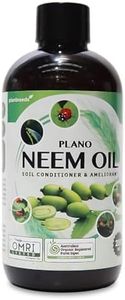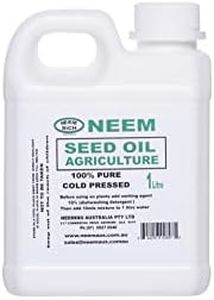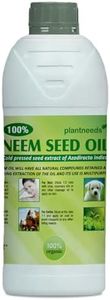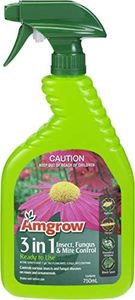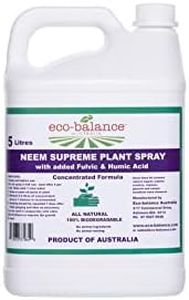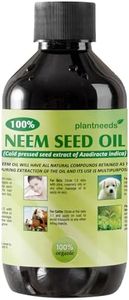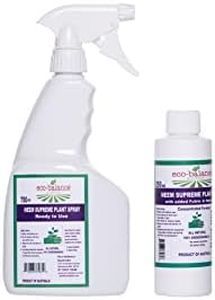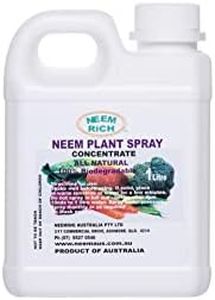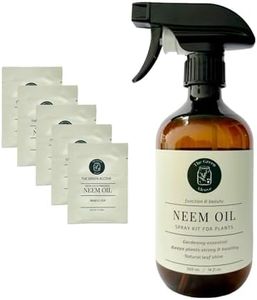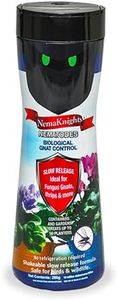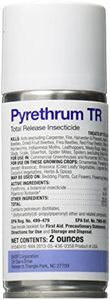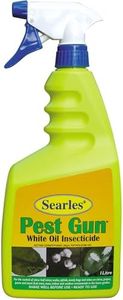We Use CookiesWe use cookies to enhance the security, performance,
functionality and for analytical and promotional activities. By continuing to browse this site you
are agreeing to our privacy policy
10 Best Organic Insecticides
From leading brands and best sellers available on the web.Buying Guide for the Best Organic Insecticides
Choosing the right organic insecticide is about understanding both your garden’s needs and the types of pests you’re dealing with. Organic insecticides use natural ingredients to control pests and are generally safer for the environment, people, and beneficial insects than synthetic chemicals. As you shop, think about the specific pests you want to target, the kind of plants you’ll be treating, and how frequently you’ll need to apply the product. Pay close attention to product labels and usage instructions as safe and effective pest management depends on proper application.Active IngredientsActive ingredients are the substances in the insecticide that actually control or kill pests. In organic insecticides, these are usually derived from plant extracts, minerals, or beneficial microbes. Common examples include neem oil, pyrethrin, insecticidal soap, or diatomaceous earth. The active ingredient determines which pests the product is effective against and how gentle it is on plants and humans. For example, neem oil is broad-spectrum but safe for most garden plants, while diatomaceous earth targets soft-bodied insects. Choosing the right active ingredient depends on the pests in your garden; match the ingredient to the issue you’re facing.
Target Pest RangeThis characteristic describes which insects the insecticide can control, whether it’s for broad-spectrum use (kills many types) or focused on specific pests (like aphids or caterpillars). A wide target pest range can be helpful if you have several pest problems, but more targeted products are preferable if you want to preserve beneficial insects like bees and ladybugs. Consider what pests are harming your plants and look for products listing those specific insects.
Application MethodApplication method describes how you apply the insecticide: spray, dust, granules, or concentrate to be diluted. Sprays are easy for most users and good for foliage; dusts and granules might be better for soil treatment or areas where liquid could be disruptive. Your choice depends on your plants, ease of application, and whether you need spot treatment or broader coverage. Think about what method will fit best with your gardening style and the areas you need to treat.
Plant SafetySome insecticides, even organic ones, can injure sensitive plants or cause leaf burn if misapplied or if plants are stressed. Plant safety specs let you know what crops or plant types the product is suitable for and any cautions you should take (like not applying in direct sun or at certain growth stages). Always check that the product is safe for your specific plants—you’ll find this information on the product label or instructions.
Re-Entry Interval & Pre-Harvest IntervalRe-entry and pre-harvest intervals tell you how long after application you must wait before it’s safe to go back into the treated area or harvest edible crops. Organic insecticides are usually shorter interval than synthetic, but it’s always important to check. If you need to harvest frequently or have kids and pets in the garden, choose a product with a short or zero interval for convenience and safety.
Residual EffectResidual effect refers to how long the insecticide remains effective after application. Some organic options have quick action but break down rapidly, needing more frequent applications, while others last a bit longer. If you want ongoing protection, look for a product with moderate residual; if you’re only targeting an outbreak, a fast-acting, short-residual product may be better. Consider your ability to reapply and the persistence you need.
